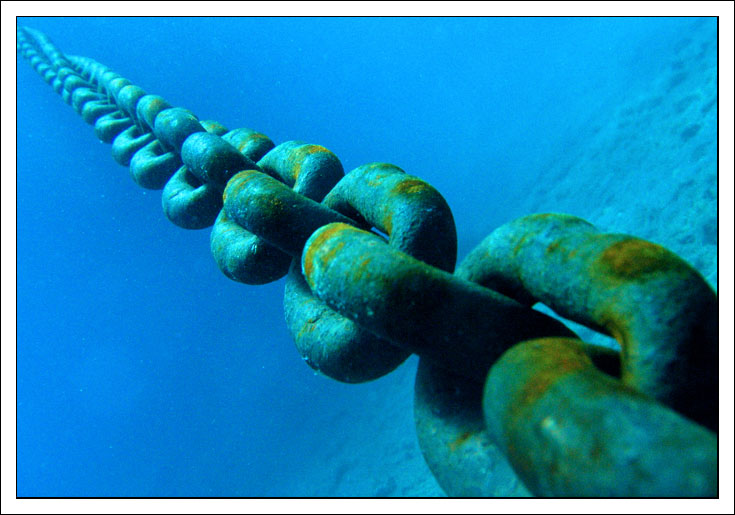Links are good, from the point of view of search, and you want your business website to have them. Specifically, you want inlinks — other websites having a link to your website.
Ideally, you get these by having great content. I like it when I discover that someone has linked to my content. It’s a nice beginning to the day to see a new referral source at Google Analytics.
But the truth is that most sites need a little help in the linking department. There’s so much stuff on the internet that other sites may not notice your wonderful site unless you point it out to them.
When I was an inhouse SEO, I spent Tuesdays working on linkbuilding. Tuesdays were my day to be in the shop, so I was going to be interrupted a lot, which made it a less perfect day for creating wonderful content, but a great day for linkbuilding.
Now, I do routine linkbuilding for a number of sites, once a week. I wish I could say that I did the same for my own site. The cobbler’s children, as you know, go barefoot. I have to pick between working on my own site and those of my clients, and you know who wins.
So I need a linkbuilding campaign: five hours of linkbuilding.
Two questions spring to mind, I’m sure. First, “Why five hours?” The answer is simple; I’ve discovered, over the years, that it takes five hours to get results. A couple of weeks after a linkbuilding campaign we expect to see an increase in rankings and a rise in traffic. We’re fast, but we really don’t see that rise after two or three hours. Ten hours is even better, but five hours gets results pretty consistently, so we’ve defined that as the size of a linkbuilding campaign.
The second question has to be, “What’s a linking campaign?” This is an intensive effort at linkbuilding, with a specific goal. Here are some examples of linkbuilding campaigns:
- A foundational linkbuilding campaign when you first launch your site, or re-launch a redesigned site, draws the search engines’ attention to your new website.
- A campaign to update listings fixes online errors when you change your phone number or move your blog, both of which I’ve done this summer. Any new information, including a shift in your business model or changes in key staff, calls for a linkbuilding campaign.
- A directory campaign is in order when you notice, as a colleague mentioned to me last night that she had, that you’re not included in the directories your customers use.
- A campaign directed at the influential bloggers in your field gives a new product a boost.
- A new linkbuilding campaign is required when you enter a new field, perhaps with a new product or service, but possibly just as a gradual shift in your business or in the business environment. Some of my clients, for example, have offered green business services for a long time, but hadn’t positioned themselves in that way. Now that there are new green business directories and sites celebrating sustainability, they have new pastures for linkbuilding.
- A catch-up linkbuilding campaign is wise when, like me, you haven’t gotten around to routine linkbuilding in a long time.
Before you start your linkbuilding campaign, get your house in order. Make sure your content is appealing enough that other webmasters and web owners will accept your link requests. Make sure, while you’re at it, that’s it’s all up to date and reflects the current reality of your business. Then get yourself linked up.


Leave a Reply